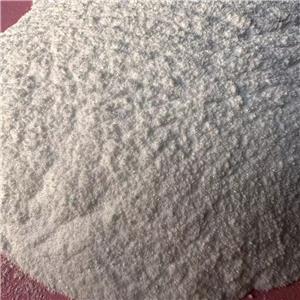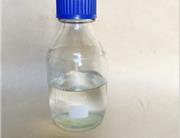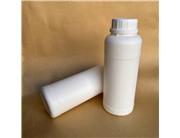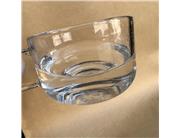Mifepristone CAS 84371-65-3 supplier in China
Details
Name:Mifepristone
Molecular Formula: C29H35NO2
CAS No.: 84371-65-3
Purity: 99%
Synonyms: 11b-[p-(Dimethylamino)phenyl]-17b-hydroxy-17-(1-propynyl)estra-4, 9-dien-3-one
Molecular Weight: 429.60
Appearance: Light yellow crystalline powder
Application: A progesterone receptor antagonist with partial agonist activity
| Test | Analysis Standard | Results |
| Description | Light Yellowish Crystalline Powder | Light Yellowish Crystalline Powder |
| Identification | 304nm,260nm. | confirmed |
| Melting Point | 192°C~196°C | 192°C~196°C |
| Specific Rotation | +124°~ +129° | +127.1° |
(HPLC)
Related substances | (1)(Single):≤0.5% | 0.31% |
| (2)(Total):≤1.0% | 0.59% |
| Loss On Drying | ≤0.5% | 0.1% |
| Assay | ≥98.5% | 99.5% |
| Sieve analysis | ≤30μm | confirmed |
| Conclusion | This product conforms to USP31 |
Mifepristone is an antioxidant and glucocorticoid receptor (GR) antagonist which has demonstrated the ability to suppress activation of NFκB, a nuclear transcription factor that affects the expression of various adhesion molecules and several inflammatory genes. It is also an inhibitor of the progesterone receptor. Mifepristone has been found to decrease basal bcl-2 messenger RNA levels in CA1 neural regions and the dentate gyrus. Experiments have shown that mifepristone potentially exhibits an inhibitory effect on embryo implantation via regulation of FAS and FAS-L apoptosis gene expression. Additionally, mifepristone displays anti-angiogenic characteristics via suppression of vascular endothelial factor (VEGF) production. Mifepristone may also prevent intracellular peroxide accumulation and cell death induced by hydrogen peroxide, glutamate, β -amyloid protein, or neurotoxins that have been associated with certain neurodegenerative disorders.

 China
China



